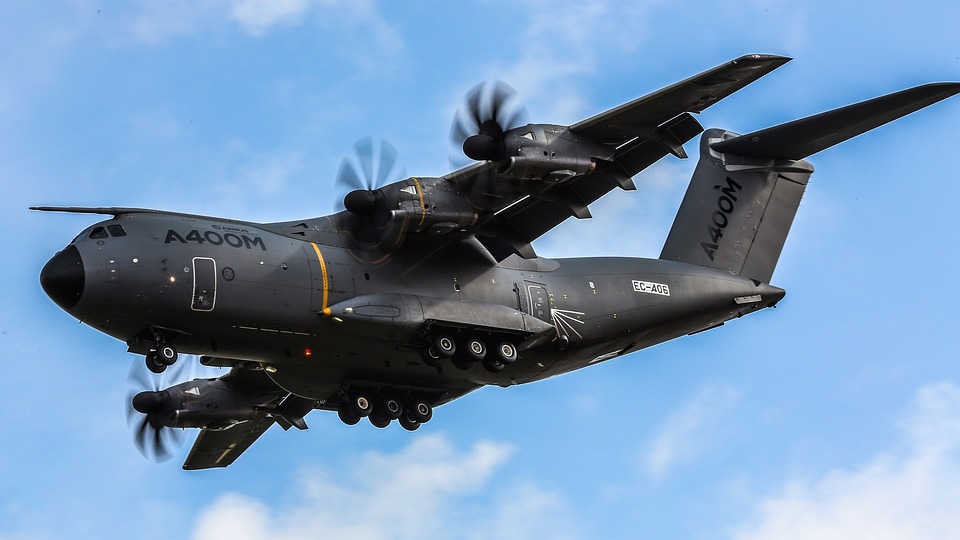Crafting an Impressive Aerospace Engineer Cover Letter: Tips and Examples for Success
When it comes to securing a position as an aerospace engineer, the cover letter serves as your first and perhaps most crucial opportunity to make an impression. This document is your chance to showcase not just your qualifications, but also your enthusiasm for the field and the specific role. Here’s how to craft a cover letter that stands out.
1. Personalise Your Approach
Generic cover letters are the bane of recruiters. Take the time to tailor your introduction to the company and position. Mention the specific job title and express your genuine interest in the organisation. For instance, if you’re applying to a company renowned for its innovative aircraft designs, reference a recent project they undertook. This shows that you’ve done your homework and are genuinely invested.
2. Showcase Relevant Skills and Experience
Your cover letter should be a narrative of your professional journey, highlighting key skills and experiences that align with the aerospace sector. Perhaps you’ve worked on a project involving computational fluid dynamics or have experience with CAD software. Make sure to articulate how these experiences have prepared you for the role. Consider structuring this section with bullet points for clarity:
- Proficient in software such as CATIA and MATLAB, with hands-on experience in designing and analysing aerospace components.
- Successfully led a team project on aerodynamics, resulting in a 15% improvement in efficiency for the prototype.
- Conducted extensive research on propulsion systems, contributing to a published paper in a peer-reviewed journal.
3. Demonstrate Passion and Commitment
Employers are not just looking for qualifications; they seek individuals who are passionate about aerospace engineering. Share a brief anecdote or insight into what sparked your interest in the field. Perhaps it was a childhood fascination with flight or a pivotal moment during your studies. This personal touch can resonate with hiring managers and make you more memorable.
4. Keep It Concise and Engaging
While it’s tempting to provide a comprehensive overview of your career, brevity is key. Aim for a cover letter that is no longer than one page. Each sentence should serve a purpose, whether it’s to inform, persuade, or engage. Vary your sentence lengths to maintain a dynamic rhythm. For instance, you might write:
“My journey into aerospace engineering began with a simple curiosity about how things fly. This curiosity evolved into a robust academic foundation, complemented by practical experiences that have equipped me for the challenges of this field.”
5. Conclude with Confidence
Your closing paragraph is your final chance to leave an impression. Reiterate your enthusiasm for the role and express your eagerness for a personal interview. A strong closing line might be, “I am excited about the opportunity to contribute to your team and look forward to discussing how my background, skills, and enthusiasms can align with the innovative work at [Company Name].”
Crafting a compelling cover letter requires a delicate balance of professionalism and personality. Remember, your cover letter is not merely a formality; it is an invitation to engage with your potential employer. With these tips in mind, you’ll be well-equipped to create a letter that not only complements your CV but stands as a testament to your skills and passion for aerospace engineering.
As you embark on this journey to secure your dream position, remember that CVPortal consistently brings you various high-quality CV references to guide your writing and help you shine in the competitive aerospace engineering landscape.


